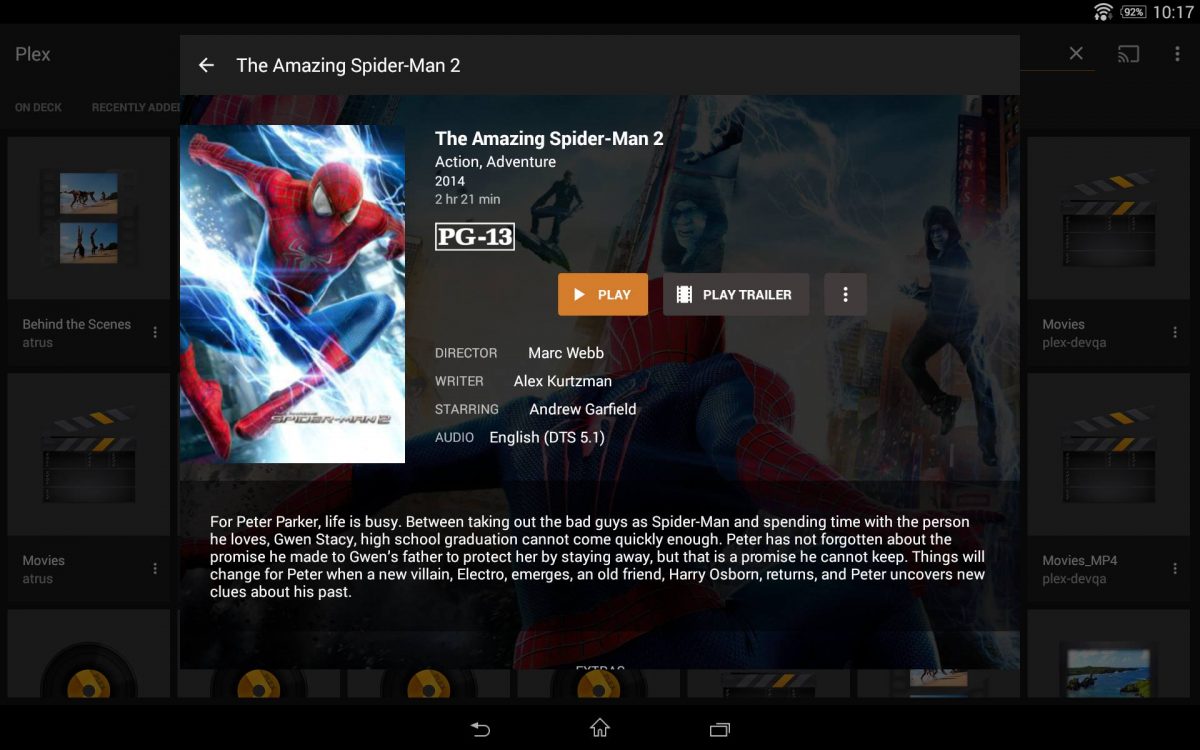
I am trying to test my design using the simulator, but the wire I need to watch is optimised. If you try to simulate a design with optimisations enabled some of the wires will be yellow these are the optimised wires and it is not possible to read their values, because they are not sent on the bus. However, because that value is not sent on the bus, it cannot be used in simulations. Because less data is sent on the bus, the system runs faster. The value is still calculated in the clock, but it never gets sent over the network. If an address (wire value) is only used internally, that address is removed. When optimisations are enabled, E-Logic looks at all of the addresses to determine which ones are actually used on the bus, and which ones are only used internally within the clock. There is also an upper limit to the number of addresses that the system can have. The more addresses a system has, the slower it runs. When you create a design, every wire is assigned an address. My ADDRESSOUT object is giving me a weird "multiple of eight" error. Even though the ADDRESSOUT object will reserve 16 bits (making it less efficient than the above method), you will still want to set the layout to 2, 3, or 4 bits respectively depending upon how many messages you need. You would then attach a single ADDRESSOUT object to the output of the INDEX, and use the address of that in your layout design. The output of these objects changes depending upon which of their inputs is true, with the higher numbers having priority. (If there were a fourth bit, it would be the 8's digit) If all three are true, then the sum will be 7 and it will display the message defined for “Text When Value = 7:”Īlternately, you can use the INDEX4, INDEX8, or INDEX16 objects to drive an analogue value. The first address (45) is the 1's digit, the second (46) is the 2's digit, and the third (47) is the 4's digit.


To determine which message will be displayed at any given time, you have to convert the digital values to binary. For example, three different ADDRESSOUT objects at addresses 45, 46, and 47 would allow you to display up to eight different messages. Currently you have to use digital ADDRESSOUT objects at consecutive addresses to do this. Two bits allow you to display four different messages, three bits allow you to display eight different messages, and four bits allow you to display up to sixteen different messages. One bit allows you to display two different messages: a message for off/false/zero, and a message for on/true/one. You must set the number of bits to between two and four.


 0 kommentar(er)
0 kommentar(er)
